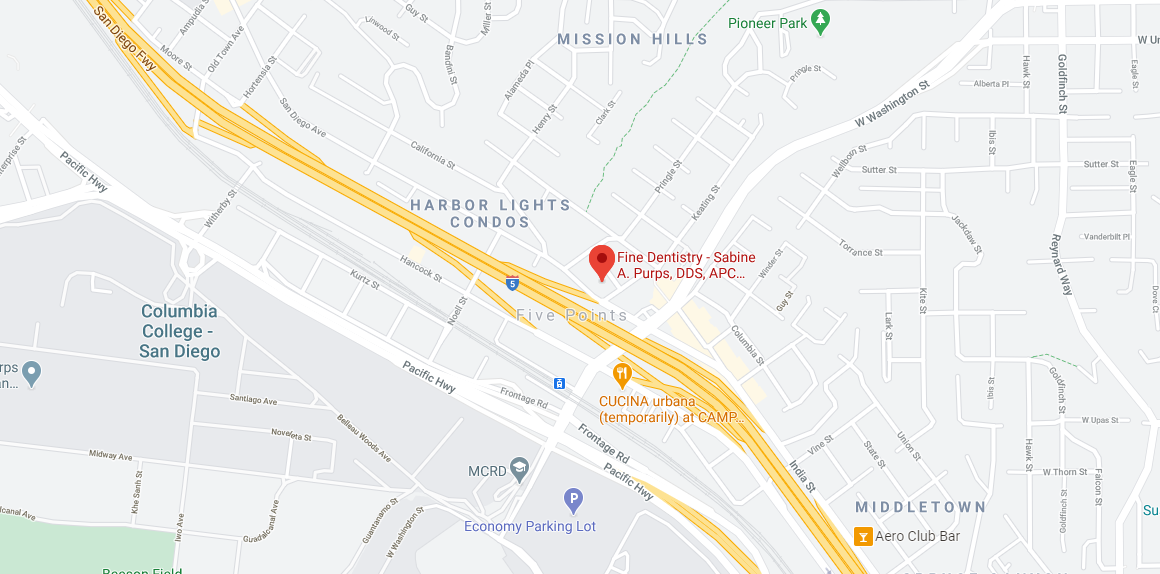Dental bridges are a restorative option for people who have missing teeth. Here are some frequently asked questions (FAQs) about the treatment:
When is the Dental Bridges procedure an ideal option?
The majority of patients who are missing one to three consecutive teeth are good candidates for dental bridges procedure. They are also ideal when the patient’s oral and overall health is in generally good condition, with no gum disease. Patients who have gum disease should have their periodontal problems treated before having bridges installed. Other factors can influence what type your dentist thinks will be most suitable for you.
What are the types of dental bridges?
There are four main types: traditional, Cantilever, Maryland, and implant-supported dental bridges. Traditional dental bridges are those that have crowns on both sides of the gap. A cantilever bridge is similar, except that it only requires crown support on one side. A Maryland bridge does not require the use of dental crowns for support because it is held in place by a framework that is bonded to the back of the adjacent teeth without the need to file them down. An implant-supported bridge is exactly what it sounds like. Rather than dental crowns, dental implants support this type of dental bridge. Your dentist will determine which type of bridge is best suited to your requirements.
What is the Cost of Dental Bridges?
The cost of dental bridges can vary between $1,500 and $5,000. The type of bridge needed for your oral requirements decides the actual cost. You can make the cost more affordable through dental insurance. You will have to contact your dental insurance company to learn about their specific policy on the coverage of such a procedure. You may have to incur additional costs such as diagnosis, dental examination, x-rays, treatment options (anaesthesia, emergency visit, after-hours appointment, etc.), and aftercare.
Are removable dental bridges an option?
A removable dental bridge replaces one or more missing teeth, restoring their function and/or appearance. As opposed to a fixed bridge, it can cover one or more spans of missing teeth in the same dental arch and does not require a tooth on each side of the missing teeth. The number and placement of the remaining teeth available to support the bridge determine the stability of a removable dental bridge. Your dentist can guide you if it is a good option for you or not.
What are the risks associated with dental bridges?
There are certain risks or problems with dental bridges. Bridges, for example, can be difficult to clean because you must clean under the bridge and between the teeth on either side.
Furthermore, traditional bridges require the natural surrounding teeth to be slightly reduced in order to prepare them for dental crowns, which can weaken them. Crowned teeth are also at a higher risk of decay or pulp and nerve damage. Traditional bridges must be repaired or replaced at some point. Implant-supported bridges necessitate surgery to place the implants, and any surgery is risky. However, when implants are done correctly, problems with them are uncommon. When problems do arise, they are usually simple to resolve.
Fine Dentistry offers quality and affordable dental bridges in San Diego, California. To learn more or book your appointment, please call or visit us.

